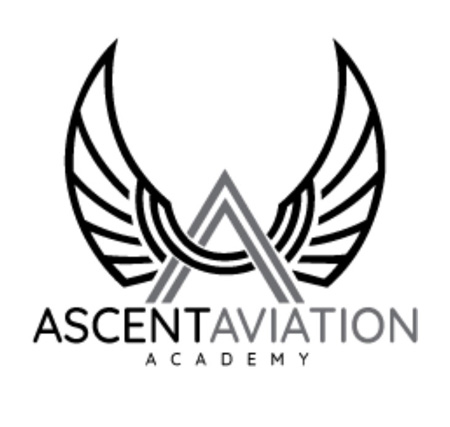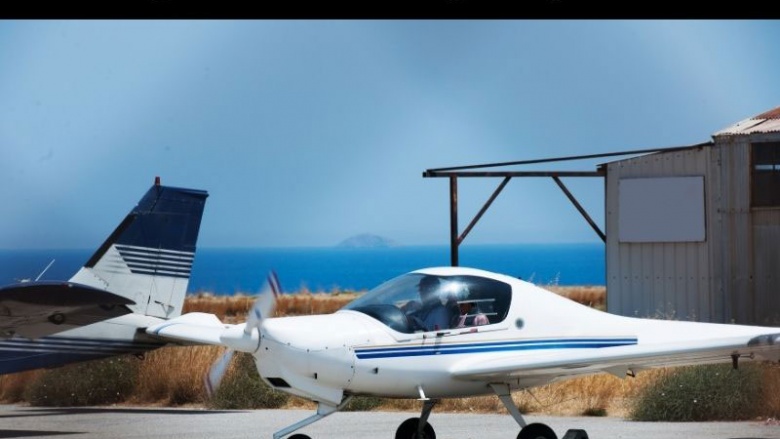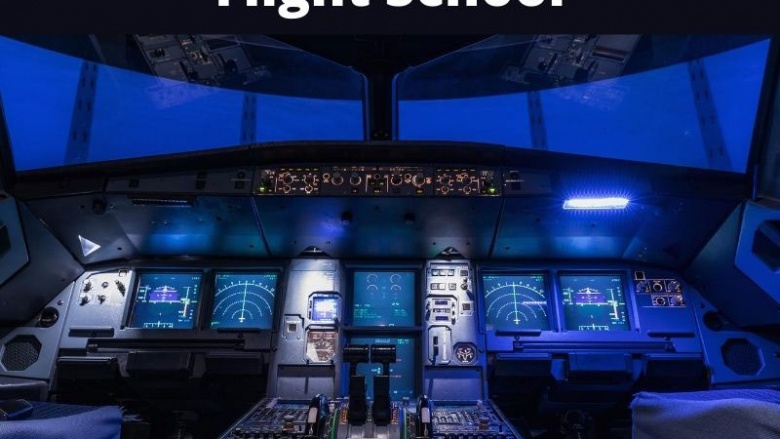Tips For Being A Better Pilot
Being a Better Pilot
Let’s be honest, there are a bunch of articles on tips for being a better pilot, but in our experience, advice comes best from those who have done it themselves.
This list is designed to give pilots (new and old) crucial tips to improve their skills to fly with the best of the best. Whether you practice one tip or all of them, your skills will improve as long as you remain consistent. From making a flight plan to sticking the landing, practice makes perfect, so don’t be afraid to get your feet wet!
Look Ahead and Plan Accordingly
Before you even take off, making a flight plan is a crucial step in honing your (air)craft, and one of the most important things any ace pilot should consider when thinking of where to start. The idea is hammered into a student’s head that planning is important because of the weight that it carries into the real world. However, the real world often throws a lot at someone all at once, especially pilots.
While you may have planned for fuel stops in advance, some not so obvious circumstances could go unaccounted for. That’s why having the best commercial pilot training is crucial. Downwind, for example, requires a lot of consideration well ahead of a flight. You need to be able to plan where to position the base leg and where the flaps will come out, all while considering the wind. As well as any modifications to the approach, your mind must be one step ahead of where the plane is at all times.
Letting life’s distractions creep in can cloud your judgement, so take some time to sort your thoughts together and clear your head. Focusing on only piloting and planes can ensure you remain in the right headspace and will also help you remember to check off all the boxes before you take off.
Never Too Old To Learn
It isn’t a necessary requirement to become a master of aerodynamics, but a little can go a long way. There are subtle nuances in the mechanics of flight such as the effects behind the angle of attack that, if understood, can help you better understand your craft well beyond what you might have imagined. There’s nothing wrong with simply knowing how to do the job, but knowing the consequences of the way control surfaces change the camber of the tail and wing will help you improve your job performance.
RPM, Altitude, Attitude, Pattern
A phrase you’ve most likely heard before. As old as it is, it holds true to this day and refers to four aspects any seasoned pilot should expect to check for when performing a mental scan. Make an effort to remember these four things, or repeat them out loud and you’ll be able to position the plane in the exact spot you want.
- RPM – Make sure to keep an eye on the power consistently
- Altitude – Self-explanatory but simply put, altitude is…the measurement of an object’s vertical distance from mean sea level
- Attitude – The orientation of the plane concerning the horizon. Examine where the nose of the craft is and ask, why is it there? Chances are you look at the go-fast gauge first, which just tells you what the nose said a few seconds ago.
- Pattern – The standard path an aircraft follows, whether it is landing or taking off. Ask yourself how the ground track pertains to your desired course.
Practice Your Precision
By far, one of the most important steps you can take to becoming a better pilot is to strive for precision. This includes amping up on commercial pilot training tactics and being open to learn. Precision marks the difference between a pilot who can fly close to their intended manner and one who can fly exactly as they intend to. Making an effort to move from approximations of airspeed, positions and glide speed to exact targets determines the likelihood that your aircraft will fly the way you want it to, instead of close to it.
Precision determines the overall control you feel you have over the plane and is a mindset you should consider when working towards transforming you from a driver to an aviator. There are no shortcuts when it comes to refining your precision, and requires dedication every time you fly.
It is almost impossible to always be precise, but trying at least moves you closer to flying a plane the way it was meant to be flown. It also makes a considerable difference in your flying experience.
Step Out of Your Comfort Zone
Doing something new is an important part of growth as a pilot and is necessary in developing your skills. Whether you’ve never tried it at all, or are a novice to it entirely, attempting to land on a short or soft field is a great way to step out of your shell and into a new environment.
The purpose behind practicing landing on short/soft fields is to bolster your dexterity when it comes to your routine landing techniques. Even a little practice with commercial pilot training can make a difference, as you start to see yourself adapt to new challenges with ease the more you do it. Find an instructor who has experience in shortfield landing and give it a shot. It never hurts to try.
Conclusion
There is no one size fits all list of tips for becoming a better pilot. Every pilot and flight training regimen is different. You might be getting a PPL in Los Angeles or something else and there are many different factors to consider when you do so. In addition, are variances between pilots from who they are, to how they learn. One thing that remains constant however, is that everyone can do with a bit of practice, and our list is made with things you are able to work on.
Remember to plan ahead and make mental patterns to keep yourself on track and in the right mind space before, during, and after a flight. Creating healthy habits helps increase your confidence in your skills through repetitions. Stepping out of your comfort zone is also a crucial step to growth as a pilot and important to experience first-hand. Practicing even one of these tips alone is a step in the right direction to becoming a better pilot.
We believe in our list, and we think you should too, but it’s also important to remember that the most important thing every pilot should consider in getting better is learning. As technology continues to develop, your skills should too. Education is the best way to stay ahead of your peers and on your way to becoming an ace pilot, and we can help with that.
If you are located in Los Angeles, California or anywhere else for that matter, consider visiting Ascent Aviation Academy. We are a Van Nuys flight school dedicated to providing training that actually gets you a pilot’s license, Instead of treating you like a dollar sign. We help pilots to not only learn from the ground up how to fly (pun intended), but also aid existing pilots in developing their skills as they work to become better everyday.
We are located at VNY Airport in Van Nuys, CA. Our address in VNY is 16425 Hart St Suite 101, Van Nuys, CA 91406. Feel free to visit our Google page here for a map and directions to our flight school.




